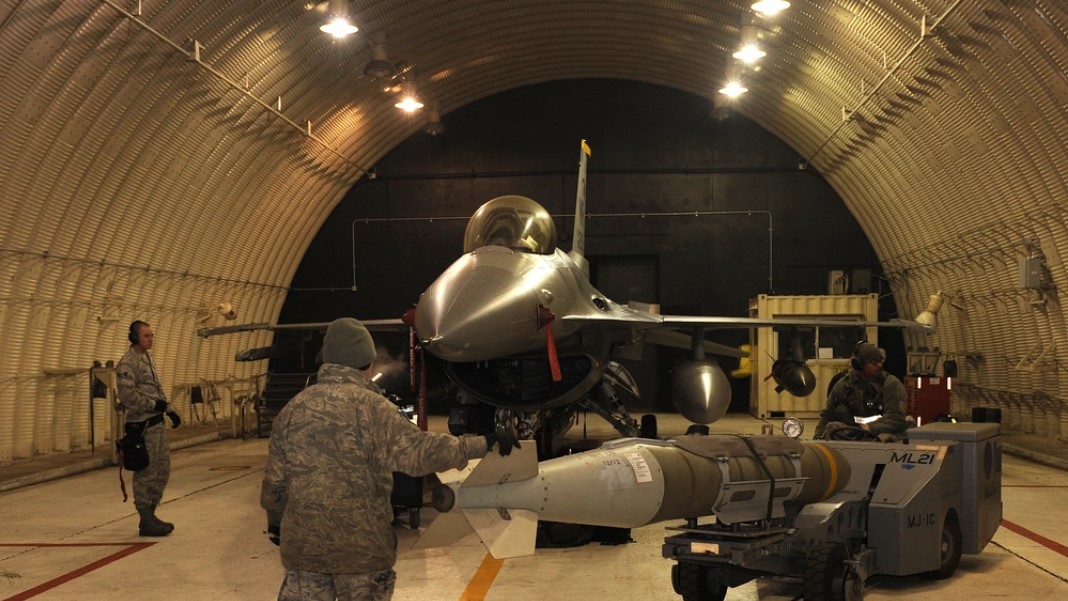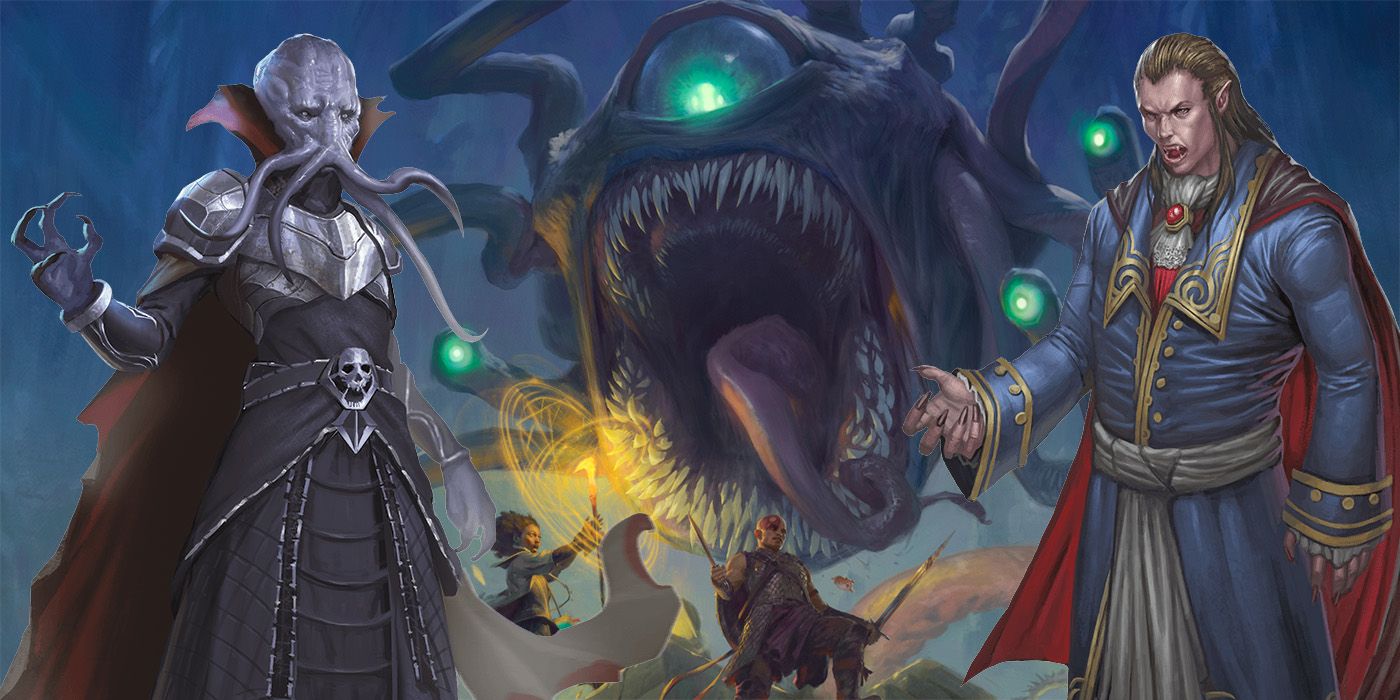Travel
Hoeven travels to bases in Okinawa, mainland Japan

Submitted Photo
Sen. John Hoeven, right, visits with Lt. Gen. Stephen Jost, commander of United States Forces Japan at USFJ headquarters at Yokota Air Base, Japan. Jost was born at Minot when his father was stationed at Minot Air Force Base.
BISMARCK – Sen. John Hoeven, R-ND, traveled to U.S. bases in Okinawa and mainland Japan to meet with U.S. military forces and the work to make Grand Forks Air Force Base the leader in Unmanned Aerial Systems (UAS), according to a news release.
Grand Forks Air Force Base and GrandSKY Technology Park at Grand Forks AFB, play an increasing role in providing Intelligence, Surveillance and Reconnaissance (ISR) capabilities to the U.S. military, and these efforts are vital to U.S. efforts to counter Chinese military aggression.
Hoeven traveled Oct. 20-26 with Sen. Jerry Moran, R-Kan., both of whom are members of the Senate Defense Appropriations Committee which funds all U.S. military activities.
“The work to stand up a Japanese unit of Global Hawks (at Grand Forks Air Force Base) has been underway for over a year now and it is now working toward its Initial Operating Capability (IOC),” said Hoeven. “Japan is a vital ally, and this mission is another example of how we work together to counter Chinese military aggression.”
At Hachinohe Air Station, a Japanese Coast Guard base near Misawa Air Base, Hoeven and Moran joined with General Atomics (GA) President Dave Alexander and other key GA team members to review MQ-9 Reaper flight operations that GA is conducting on behalf of Japan’s Coast Guard. General Atomics is also working to stand up Reaper units for the JASDF and Japanese pilots will be coming to GrandSKY Technology Park as soon as next year for MQ-9 training.
“Japan is buying the latest version of the Reaper, the MQ-9B, and we will train their pilots to fly these aircraft at GrandSKY,” Hoeven said. “Again, this is not only a win for our country by working with our ally to push back on China but a win for North Dakota, which plays a key role in helping to make it happen.”
Hoeven visited Yokota Air Base, headquarters for United States Forces Japan (USFJ), where he met with Lt. Gen. Stephen Jost, USFJ commander, as well as Col. Richard McElhaney, installation commander for Yokota, who briefed Hoeven on plans to forward deploy Global Hawks from the 319th Reconnaissance Wing at Grand Forks AFB. The 319th currently deploys Global Hawks to Andersen AFB in Guam.
“General Jost shares a Minot connection with me as he was born there when his father was stationed at Minot Air Force Base,” Hoeven said. “The Global Hawks of the 319th will be better able to fulfill these missions, including tracking the Chinese military, with the new forward basing plan. There is more work we need to do to make it happen, but I believe we will get it done.”
Hoeven met with Brig. Gen. Nicholas Evans at Kadena Air Base in Okinawa which is the largest U.S. Air Force Base in the Pacific and home to not only U.S. Air Force aircraft but Navy and Marine Corps aircraft as well. The Marine Corps is in process of standing up one of the first MQ-9 Reaper units at Kadena.
At Camp Hansen Marine Corps base in Okinawa, Hoeven met with Lt. Gen. Roger Turner, commander of the Third Marine Expeditionary Force, which includes more than 20,000 Marines on Okinawa. As part of his discussions with Turner, Hoeven attended Operation “Keen Sword” a U.S.-Japan military exercise.
“We not only had a chance to see Camp Hansen but also an active military exercise being conducted by U.S. and Japanese forces in the region to counteract simulated aggression by the PRC (Peoples Republic of China) military. The professionalism and capabilities of our Marines are truly impressive. Another highlight was meeting some outstanding young marines from North Dakota,” Hoeven said.
Hoeven and Moran also met with Japanese Defense Minister Gen Nakatani and Foreign Minister Takeshi Iwaya. Japan is both buying and co-producing defense systems with the U.S., like the F-35 Advanced Fighter Aircraft. Japan and the United States are also working to establish a joint command structure that will significantly enhance the ability of the two nations to work together to secure the Indo-Pacific region.
“Defense Minister Nakatani and Foreign Minister Iwaya expressed strong support for the U.S. military and their desire to continue to increase our joint operations to push back on China. Also Defense Minister Nakatani in particular emphasized his support for the work we are doing to help Japan develop UAS capabilities. Our work in North Dakota with the U.S. Air Force and Space Force, as well as General Atomics, Northrop Grumman and other leading aerospace companies, is vitally important to building U.S. defense capabilities,” said Hoeven.
“In addition, by building these new weapon systems and operating them jointly with an ally like Japan, we really leverage our efforts. Not only are we stronger together as allies, but Japan has the technology and capability to help us build and pay for the advanced systems we need to stay ahead of adversaries like China,” Hoeven continued.
Senators Hoeven and Moran also met with agricultural officials in Japan. Japan is the number one market for U.S. beef, the second largest for U.S. corn and the third largest for U.S. soybeans. In addition, Japan is one of the largest markets for U.S. wheat, particularly hard wheat which is predominantly grown in North Dakota.









